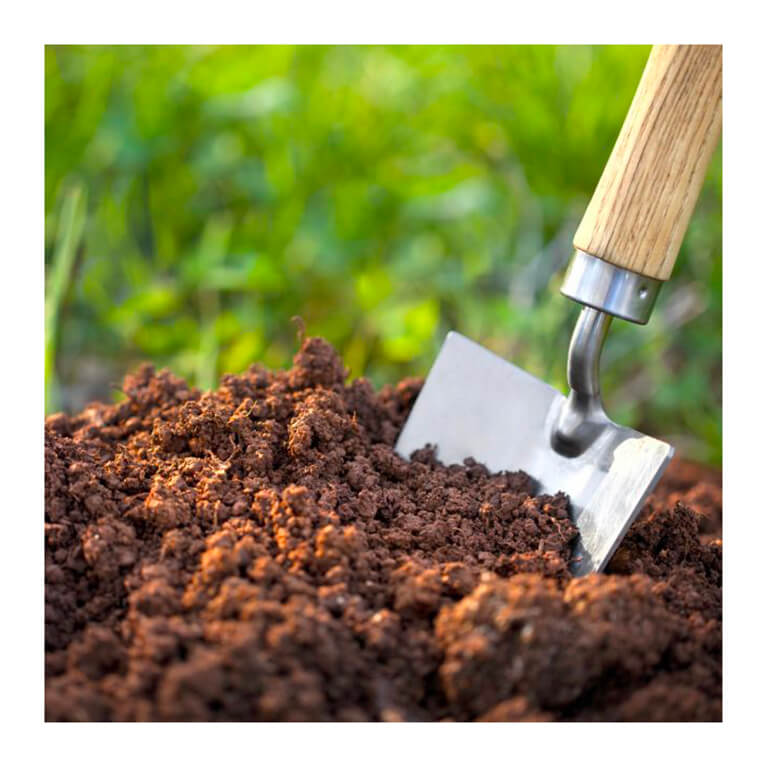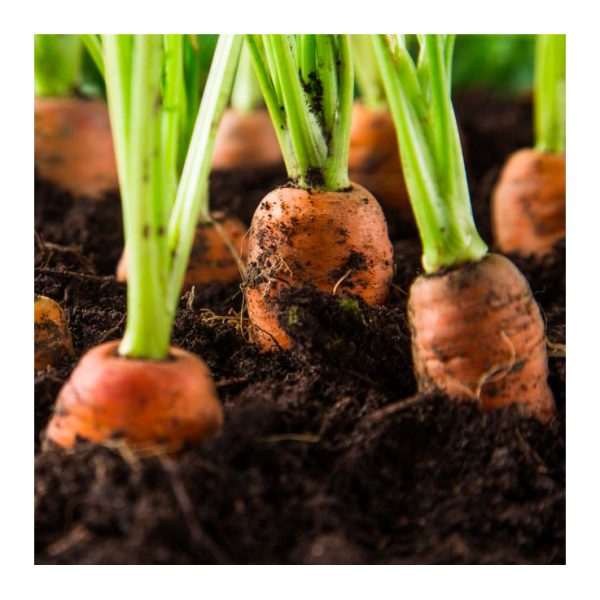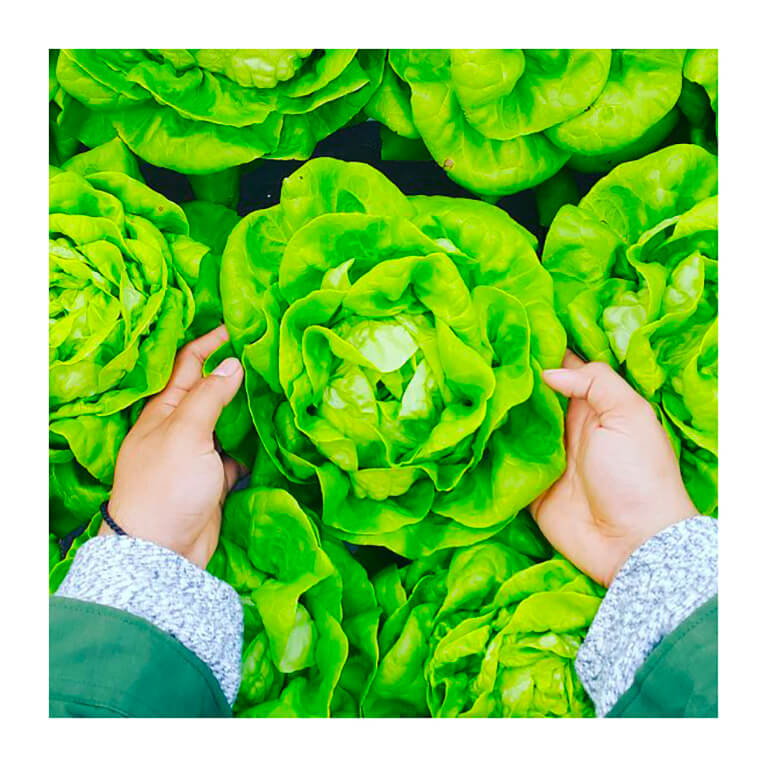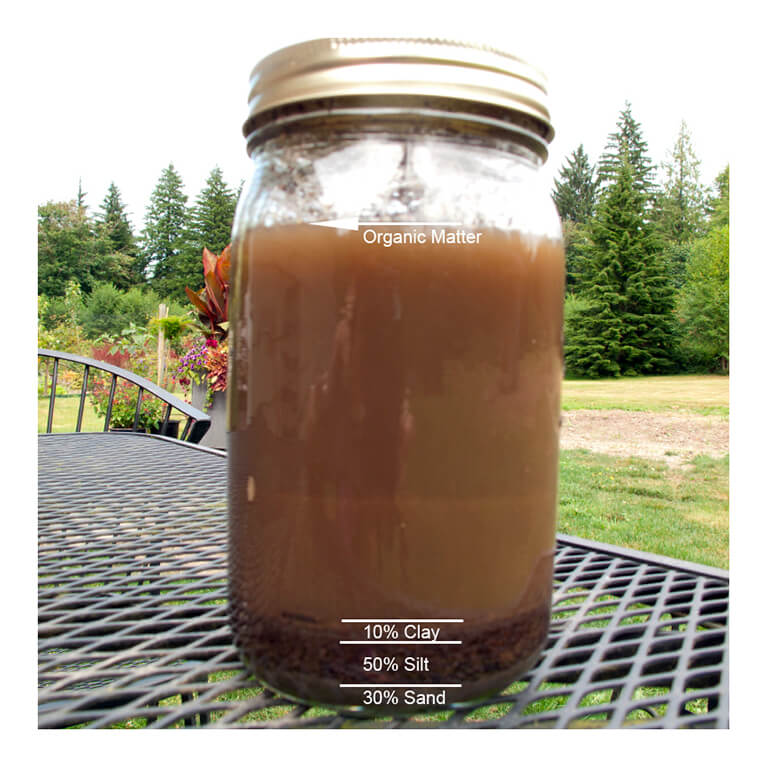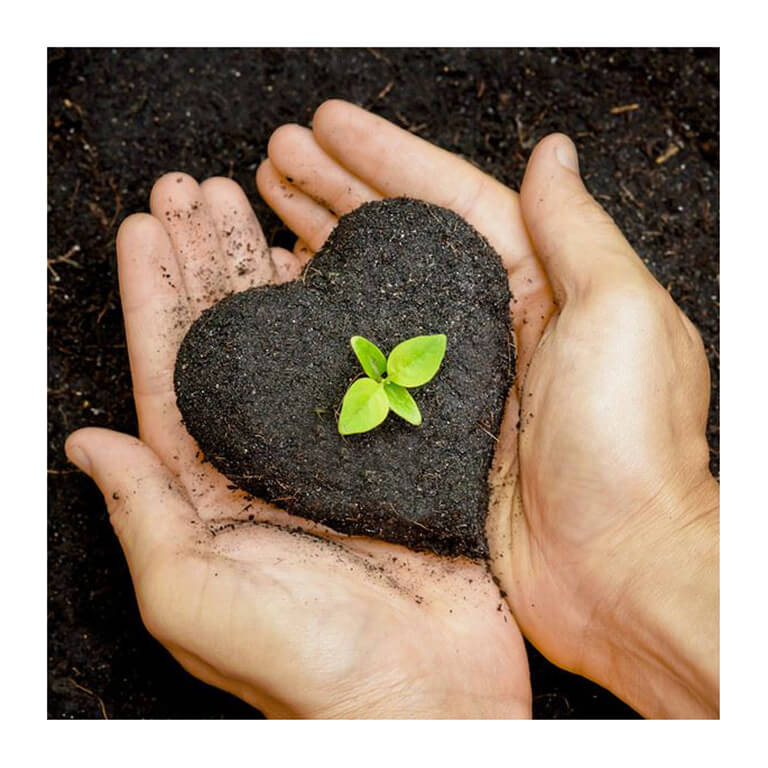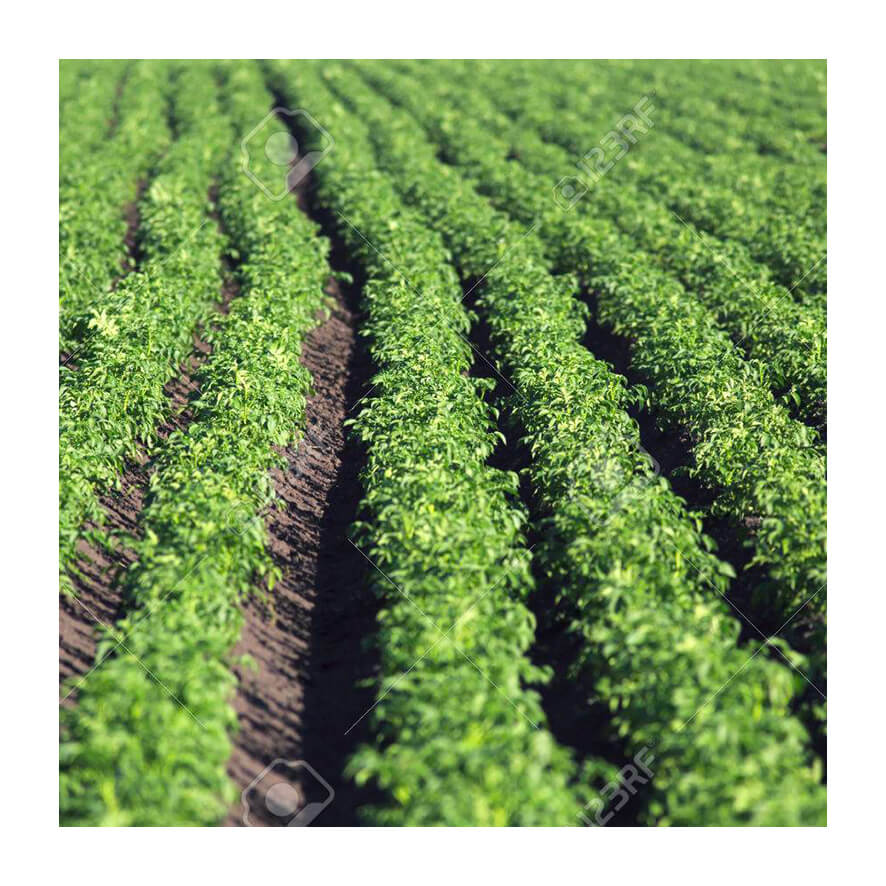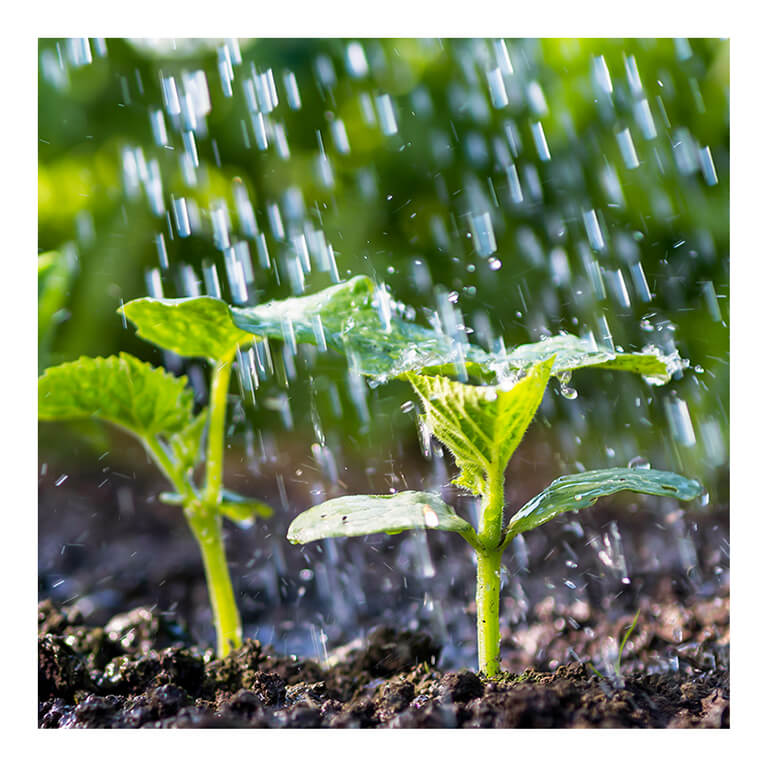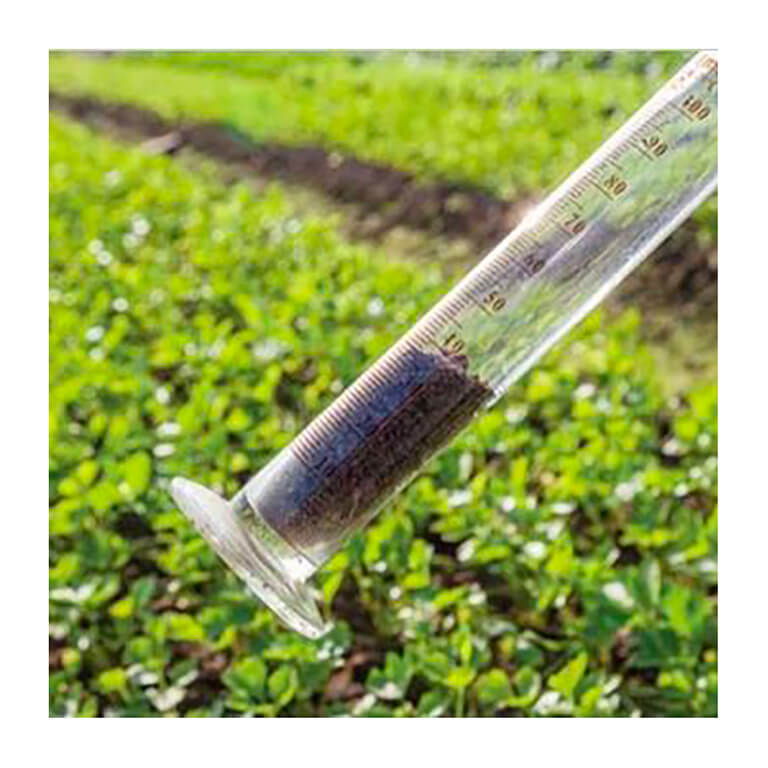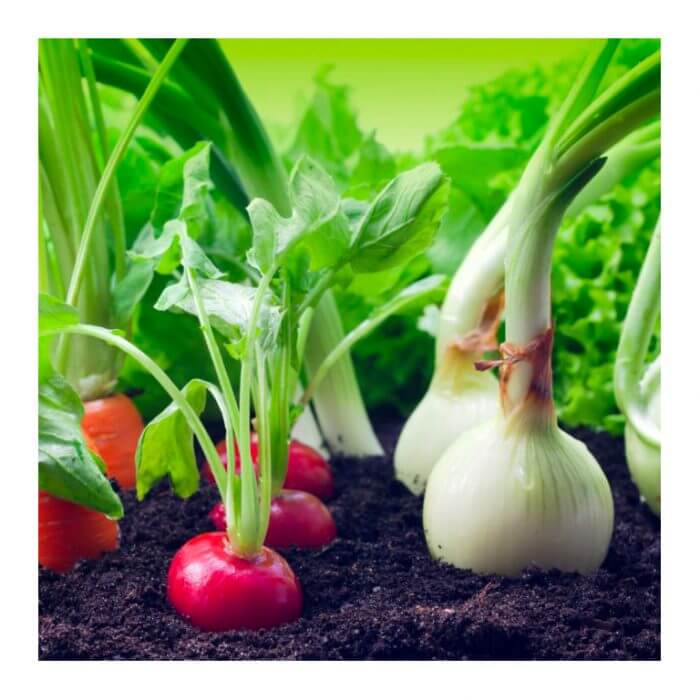The Importance of Soils
With gardening, everything starts with the soil. To me there is no such thing as a green fingered gardener – only brown fingered ones. The better your soil is, the better your crops will be. If you manage to create a fertile, healthy and living soil you are already half way there to growing delicious and healthy food for your family.
‘Feed the soil and the soil will feed your plants,
just like it has done for thousands of years.’
We might not all be blessed to inherit such a soil but what greater satisfaction could there be than to make your soil fertile for your own benefit and for future generations. The good news is that every soil can be made fertile and the magic ingredient to achieve this is what many people nowadays consider a waste product – compost and manure.
Good compost and manure can revitalise a lifeless soil. It improves the structure, imbibes the soil with life and provides the necessary plant foods. I strongly believe that such a soil will grow vegetables that will feed us properly; it will grow healthy vegetables and hopefully keep us healthy too. Sir Albert Howard, one of the most influential organic pioneers, states in his Agricultural Testament in 1940: “The connection which exists between a fertile soil and healthy crops, healthy animals and healthy human beings must be made known far and wide.’” We continuously have to remind ourselves that the top few centimetres of the earth’s crust are essential to all higher life on earth. Most old cultures realised this fact and have referred to soil as Mother Earth who provides food for her children. There is an old country wisdom:
“A farmer should live as though he were going to die tomorrow; but he should farm as though he were going to live for ever.”
We completely depend on the soil for our survival on earth. Civilisations that have neglected to look after their soil have perished – they simply couldn’t feed their people any longer. On the other hand, some civilisations (China, Japan) have survived for over 4,000 years because they looked after their soils and learned to observe the cycles of nature. They knew that whatever is taken out of the soil has to be given back in the form of compost or manure. And if we keep doing that our soils will actually get better and better. There is nothing greater we can do than to leave a plot of land more fertile than we found it.
This is what we have to understand: what we take out from the soil we have to give back!
This is the difference between growing vegetables or ornamental plants. When you grow vegetables you obviously eat them and so take away the nutrients they have absorbed from the soil. These nutrients have to be replenished every year.
The trouble is that we as a human race are not aware of this. So far, about 2,000 million hectares of soil have been degraded through human activities – that is 15% of the Earth’s land area, an area larger than the US and Mexico combined. And every year a further 24 billion tons of valuable topsoil are being lost.
Soils can counteract global warming: Healthy humus rich soil acts as a carbon sink (carbon deposited in the soil) and can thus counteract global warming. Compost contains a lot of carbon. So quite simply: if we use compost in our garden we take carbon out of the atmosphere and deposit it in the soil.
Not even an ounce of bio- degradable waste should be dumped in a landfill site. It should be transformed into the best possible organic fertiliser which will also take the carbon out of the atmosphere.


